The century-old enamelling technique used to create Van Cleef's lucky ladybird brooch — which has something in common with Country Life
The technique used in the jeweller's Geneva workshop has been put to good use in its latest creation.
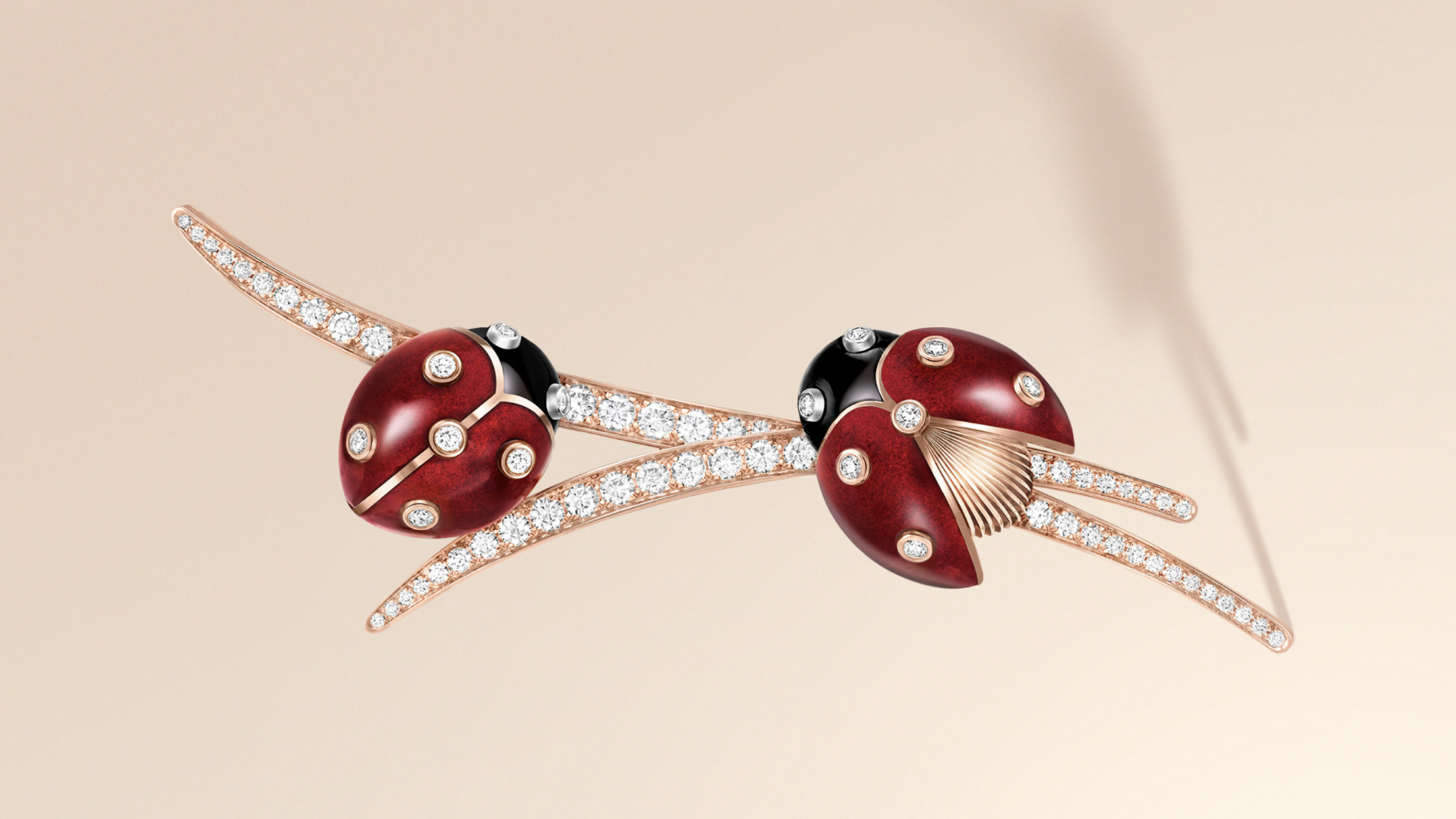
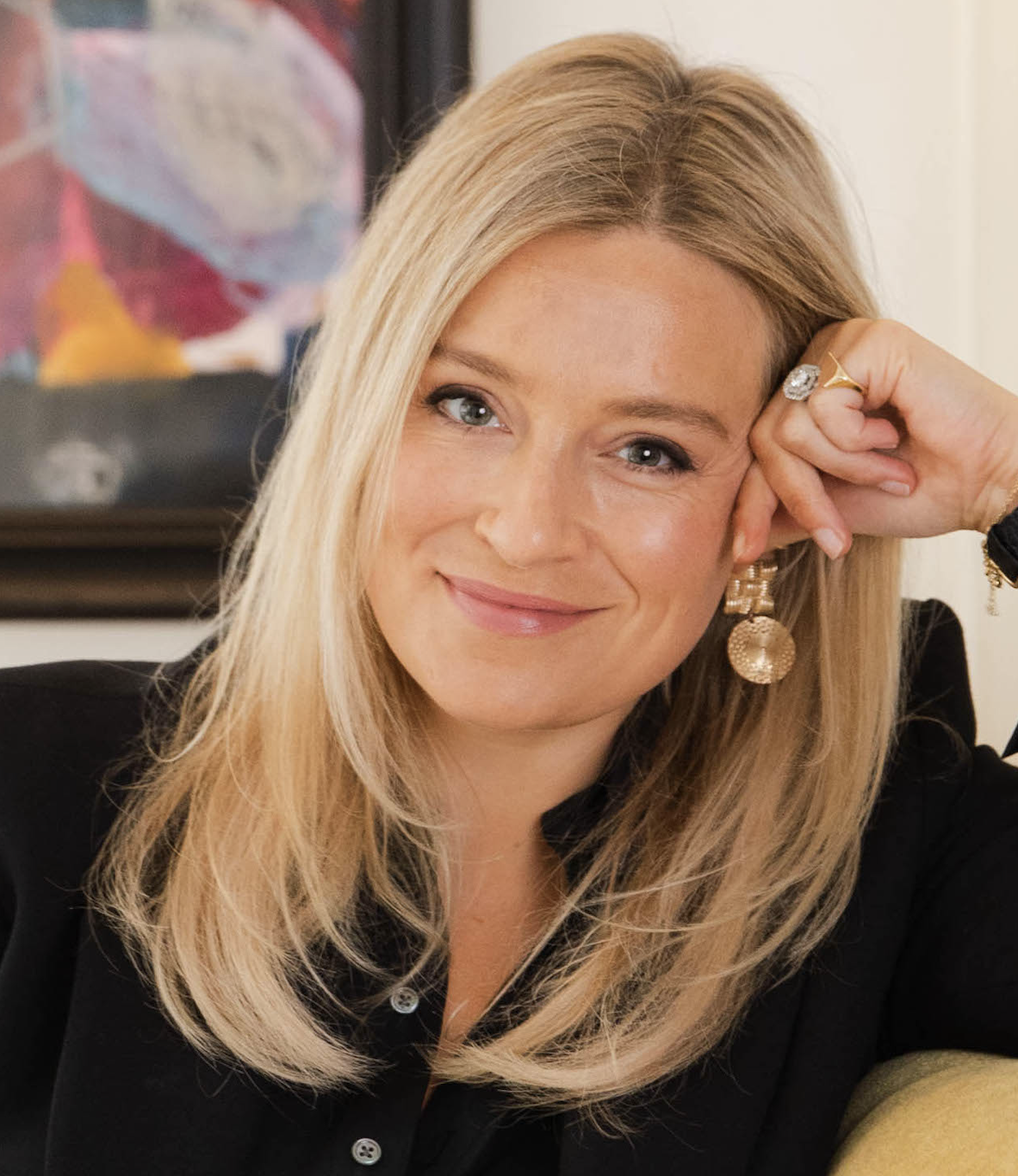
Rosie Paterson
In 2019, we (aka Country Life) printed a picture of a ladybird on the front cover of the magazine — and in the corresponding article highlighted the pivotal role they play in Britain’s fragile ecosystem.
Ever since then, a smaller ladybird — sometimes really, really small — has appeared on the front cover, hidden in a different spot every week. Reader phonecalls demanding we reveal exactly where it is, are not unheard of.
And so, we couldn't resist showing you this charming brooch from Van Cleef & Arpels — featuring an enamel technique (champlevé) used by the maison since 1906.
The jewellery company has long been inspired by Nature, especially the ruby red ladybird which has appeared in their designs — from delicate lucky charms (they are thought to bring luck) to colourful gems — as far back as the 1930s.
This rose gold, enamel, onyx and diamond iteration is one of two new pieces, crafted using an enamel technique (champlevé) used by the maison since 1906. Known as 'champlevé', it requires hollows to be carved into the gold and then filled with whisper-thin layers of enamel.
It's a fragile work of extraordinary art — much like its living counterpart.
Price on application; visit the Van Cleef & Arpels website for more information.
Sign up for the Country Life Newsletter
Exquisite houses, the beauty of Nature, and how to get the most from your life, straight to your inbox.
Hetty Lintell masterminded the launch of the magazine’s Luxury pages back in 2012 and has overseen them ever since. She also edits Gentleman's Life, Country Life’s annual men’s lifestyle supplement, and styles and art-directs all of the magazine's fashion and still-life shoots. Her real forté, however, is compiling top-notch goodie bags for any party the magazine hosts. The best-dressed member of the team, Hetty can normally be found darting between Bond Street and a photographic studio in East London.
-
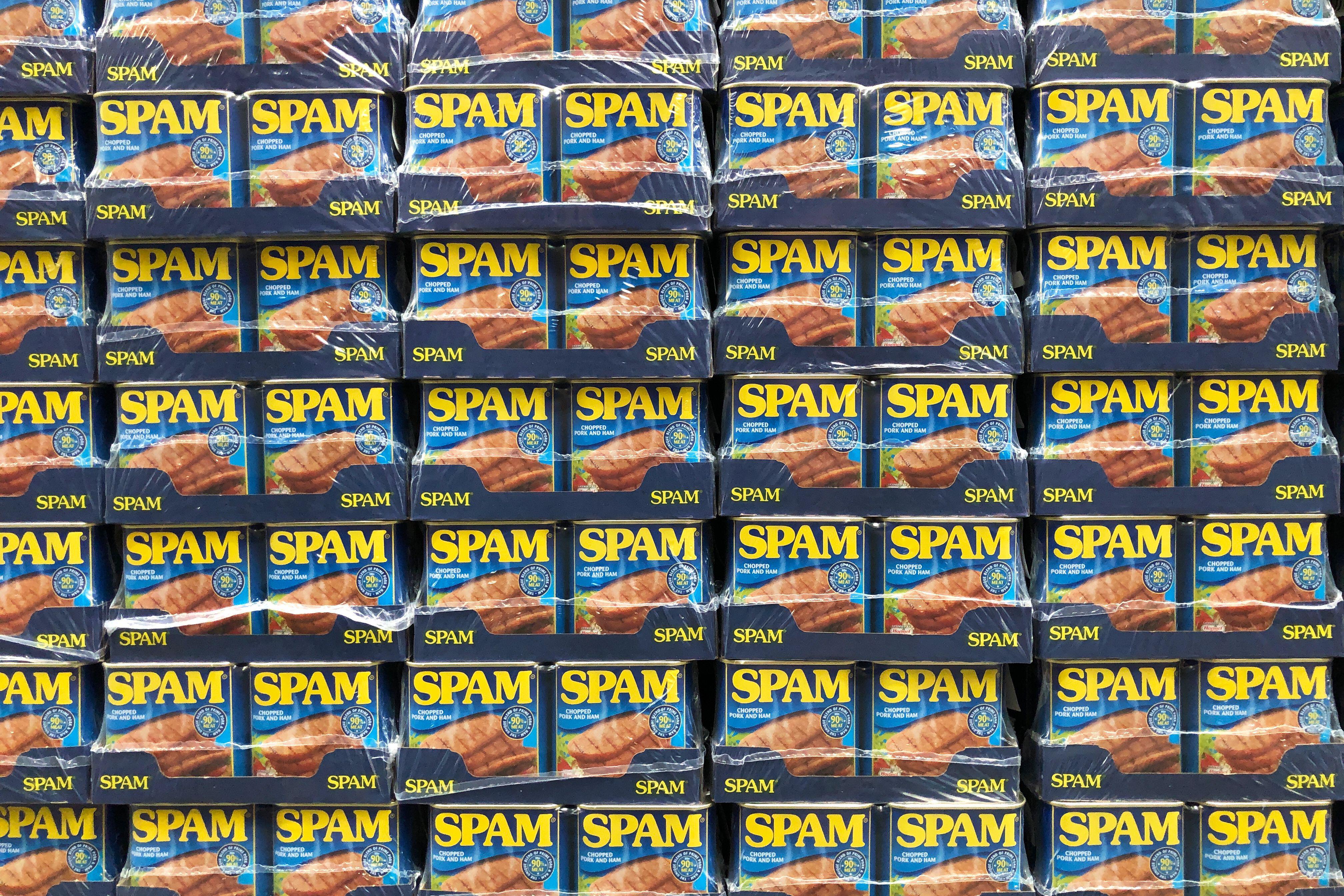 Spam: The tinned meaty treat that brought a taste of the ‘hot-dog life of Hollywood’ to war-weary Britain
Spam: The tinned meaty treat that brought a taste of the ‘hot-dog life of Hollywood’ to war-weary BritainCourtesy of our ‘special relationship’ with the US, Spam was a culinary phenomenon, says Mary Greene. So much so that in 1944, London’s Simpson’s, renowned for its roast beef, was offering creamed Spam casserole instead.
By Country Life
-
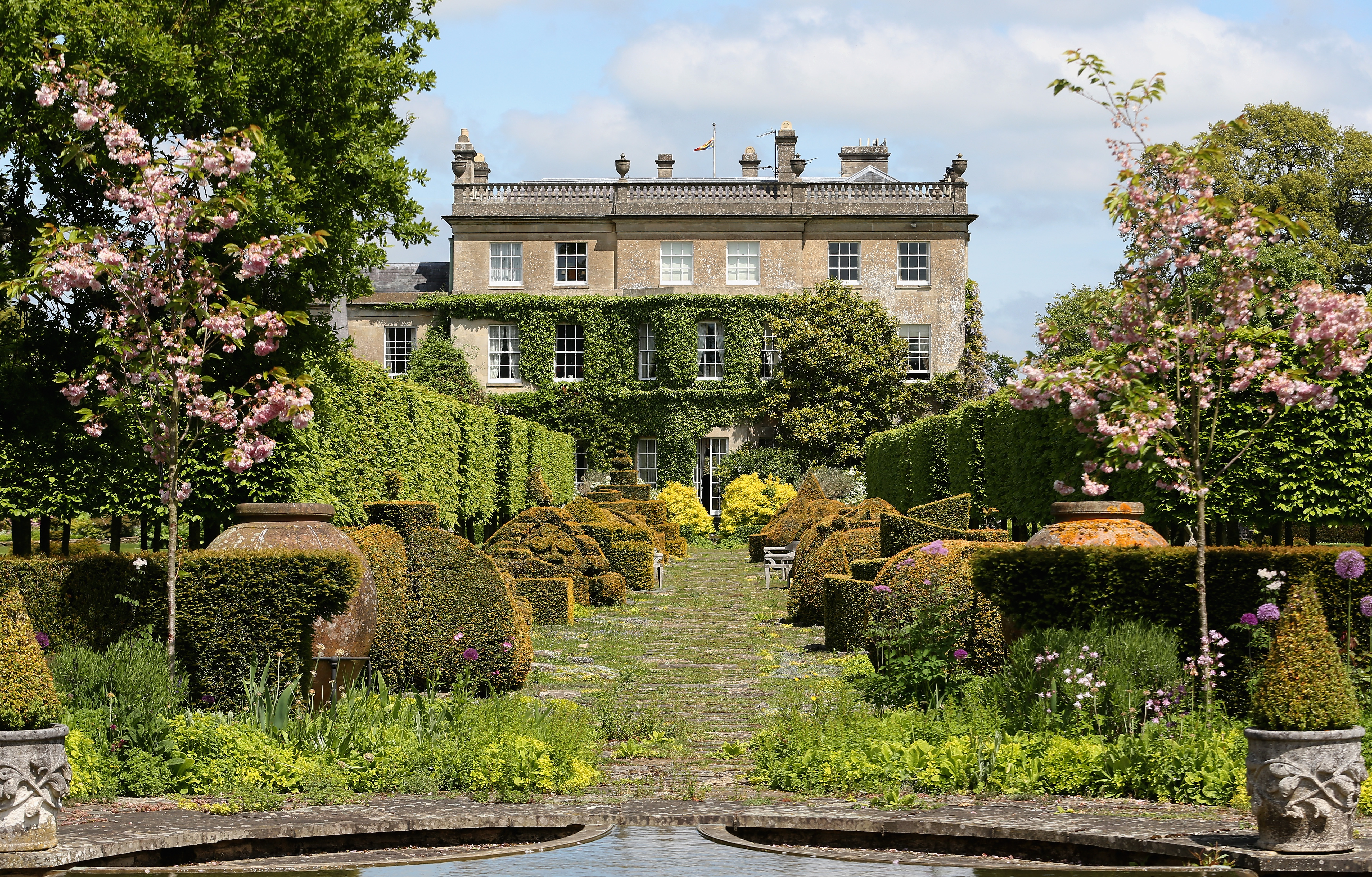 Sanderson's new collection is inspired by The King's pride and joy — his Gloucestershire garden
Sanderson's new collection is inspired by The King's pride and joy — his Gloucestershire gardenDesigners from Sanderson have immersed themselves in The King's garden at Highgrove to create a new collection of fabric and wallpaper which celebrates his long-standing dedication to Nature and biodiversity.
By Arabella Youens
-
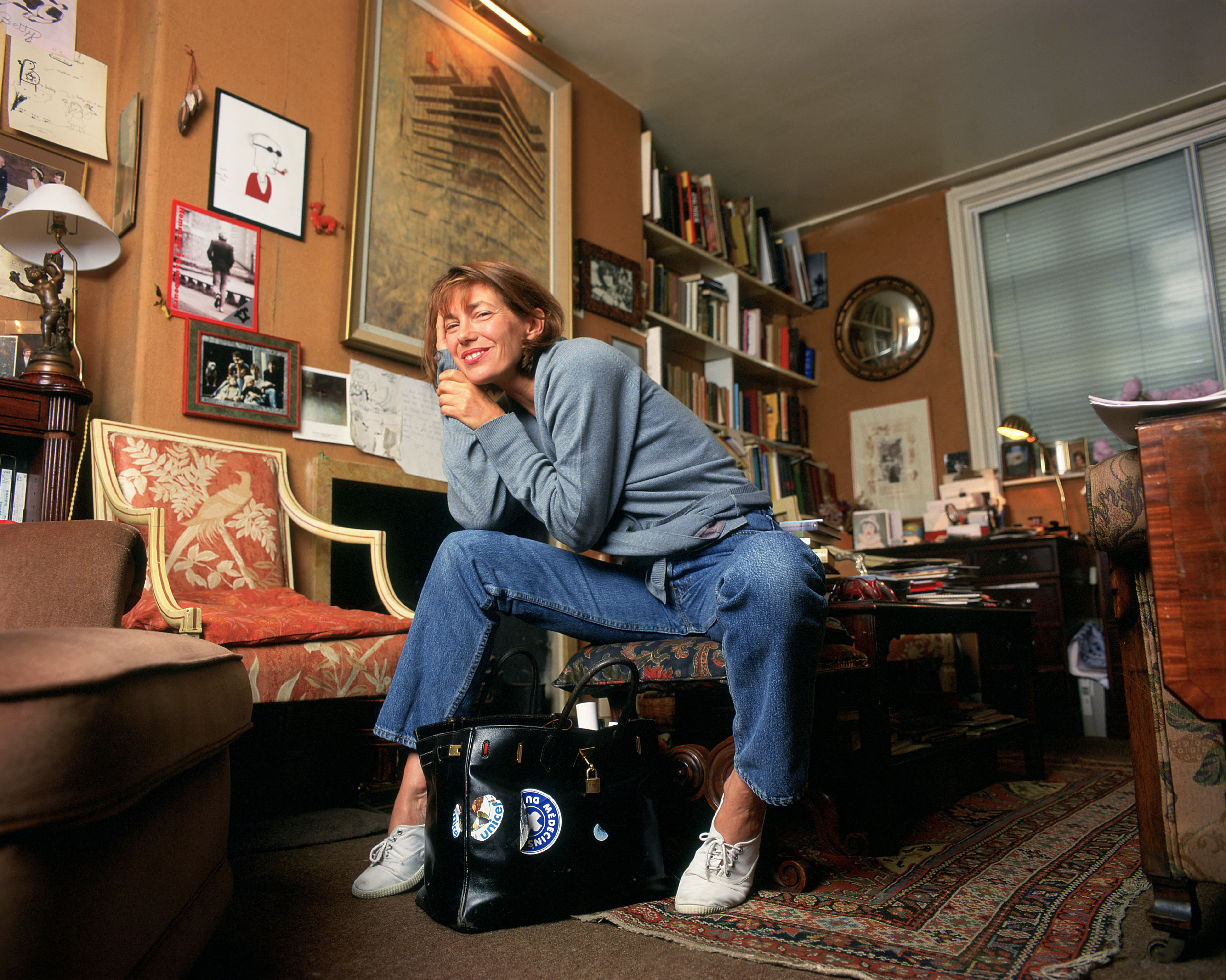 The coveted Hermès Birkin bag is a safer investment than gold — and several rare editions are being auctioned off by Christie’s
The coveted Hermès Birkin bag is a safer investment than gold — and several rare editions are being auctioned off by Christie’sThere are only 200,000 Birkin bags in circulation which has helped push prices of second-hand ones up.
By Lotte Brundle
-
 Ford Focus ST: So long, and thanks for all the fun
Ford Focus ST: So long, and thanks for all the funFrom November, the Ford Focus will be no more. We say goodbye to the ultimate boy racer.
By Matthew MacConnell
-
 Splash! A Century of Swimming and Style: A whistle-stop history, from the Roman Baths to Hampstead Heath
Splash! A Century of Swimming and Style: A whistle-stop history, from the Roman Baths to Hampstead HeathEmma Hughes dives into swimming's hidden depths at the Design Museum's exhibit in London.
By Emma Hughes
-
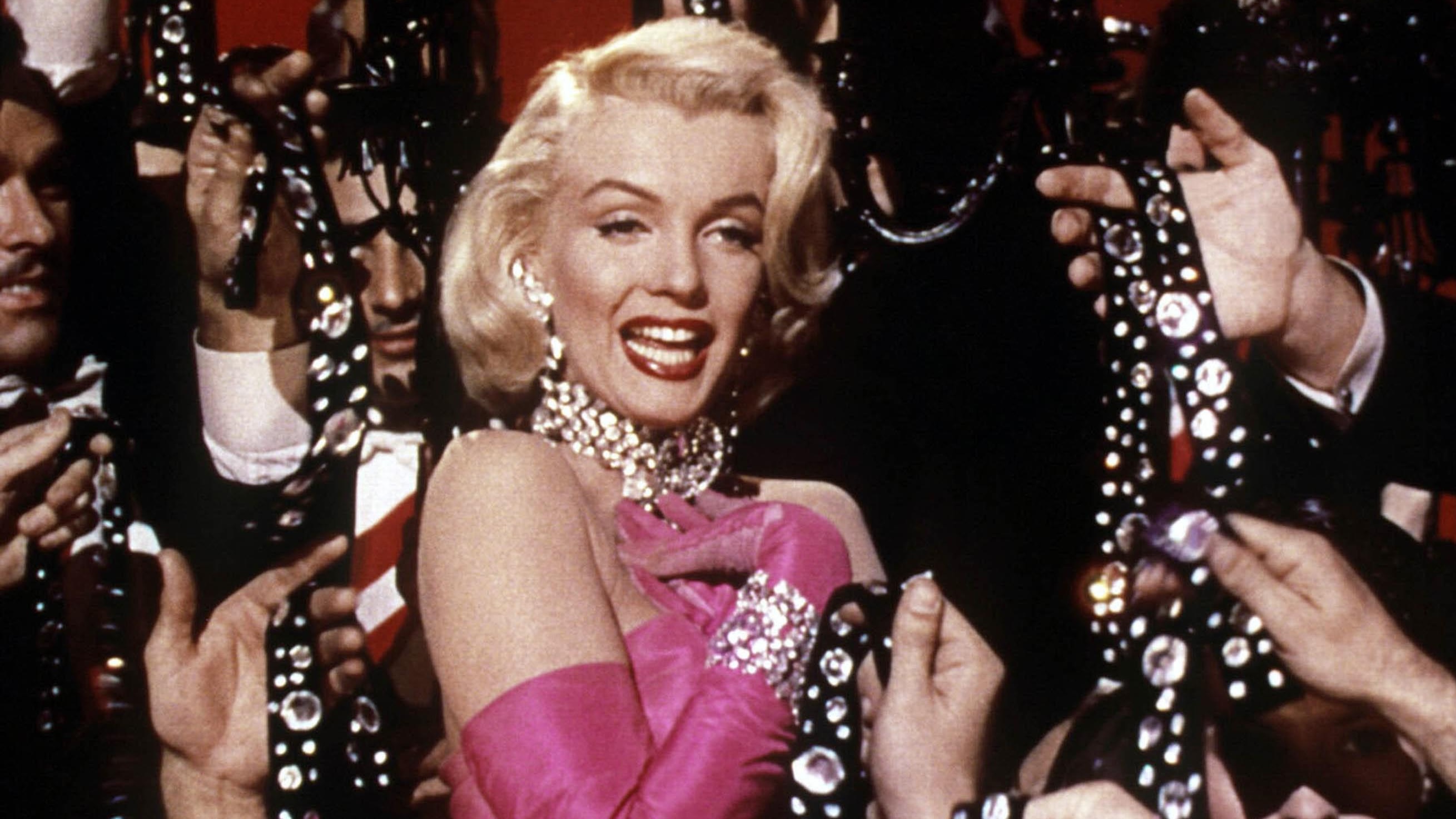 Diamonds are everyone's best friend: The enduring appeal of one of Nature's sparkliest treasures
Diamonds are everyone's best friend: The enduring appeal of one of Nature's sparkliest treasuresEvery diamond has a story to tell and each of us deserves to fall in love with one.
By Jonathan Self
-
 From Vinted to Velázquez: The younger generations' appetite for antiques and Old Masters
From Vinted to Velázquez: The younger generations' appetite for antiques and Old MastersThe younger generations’ appetite for everything vintage bodes well for the future, says Huon Mallalieu, at a time when an extraordinary Old Masters collection is about to go under the hammer.
By Huon Mallalieu
-
 The five minute guide to 'The Great Gatsby', a century on from its publication
The five minute guide to 'The Great Gatsby', a century on from its publication'The Great Gatsby' sold poorly the year it was published, but, in the following century, it went on to become a cornerstone of world literature.
By Carla Passino
-
 Shark tanks, crocodile lagoons, laser defences, and a subterranean shooting gallery — nothing is impossible when making the ultimate garage
Shark tanks, crocodile lagoons, laser defences, and a subterranean shooting gallery — nothing is impossible when making the ultimate garageTo collectors, cars are more than just transport — they are works of art. And the buildings used to store them are starting to resemble galleries.
By Adam Hay-Nicholls
-
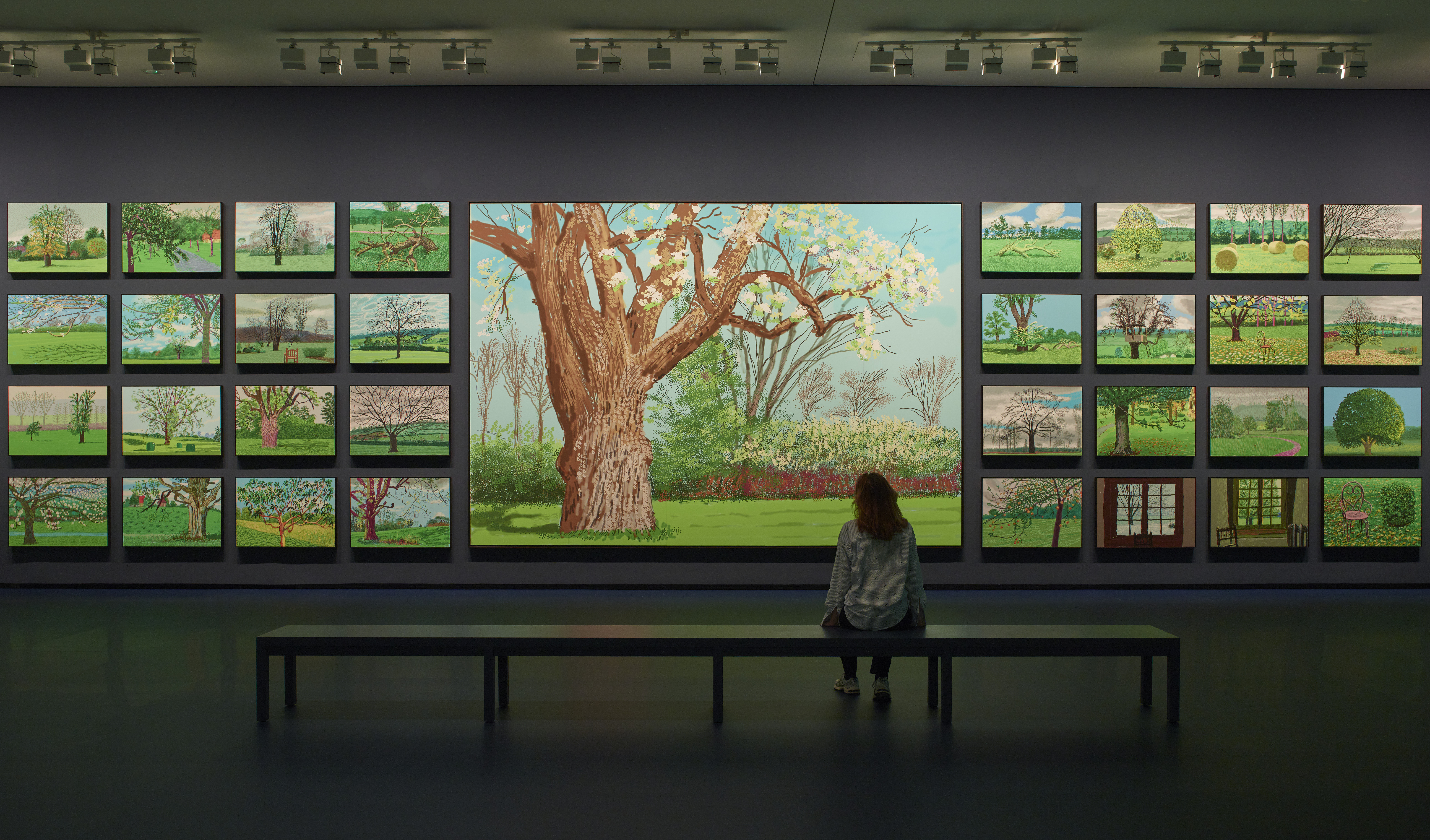 ‘David Hockney 25’ at the Fondation Louis Vuitton: Britain’s most influential contemporary artist pops up in Paris to remind us all of the joys of spring
‘David Hockney 25’ at the Fondation Louis Vuitton: Britain’s most influential contemporary artist pops up in Paris to remind us all of the joys of springThe biggest-ever David Hockney show has opened inside the Fondation Louis Vuitton in Paris — in time for the season that the artist has become synonymous with.
By Amy Serafin